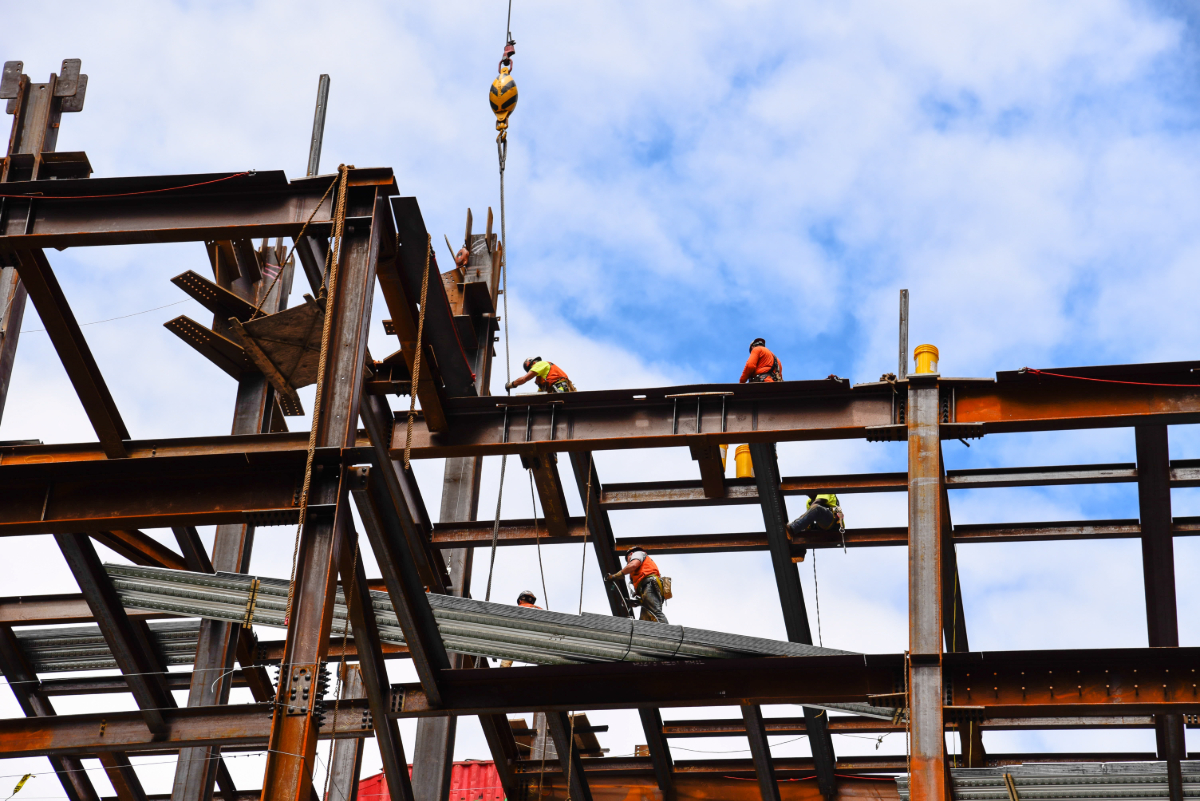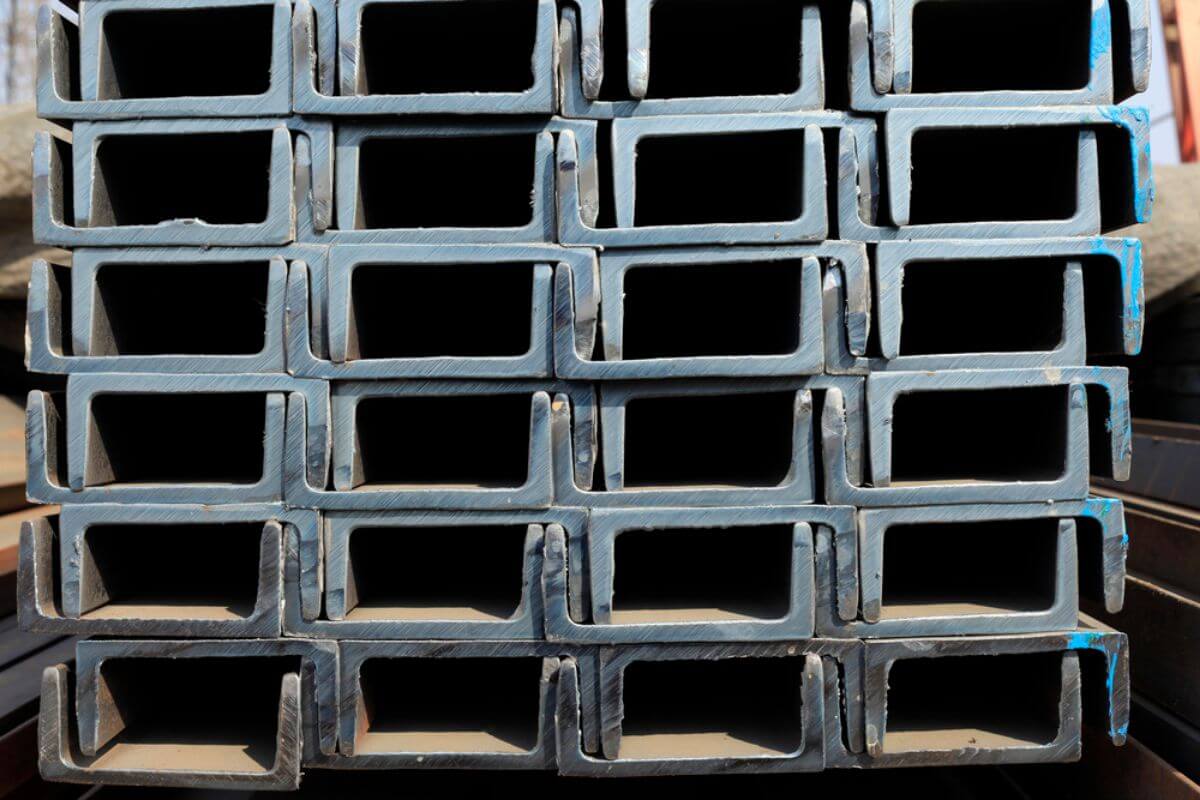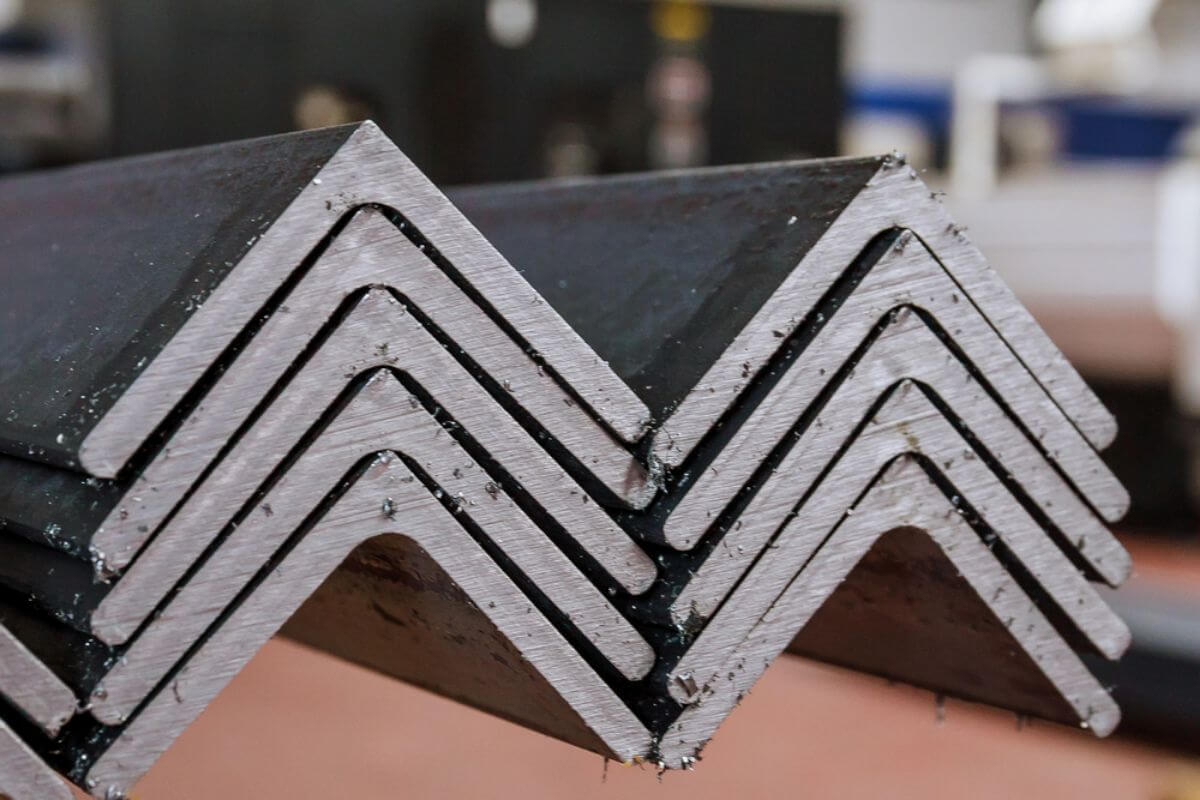What are hollow structural sections?
- Purpose of hollow structural sections
- Usable in multiple industries
- Ease of construction
- A broad range of sizes
- Aesthetic appeal
- Types of hollow structural sections
- Circular Hollow Sections
- Rectangular Hollow Sections
- Square Hollow Sections
There are hundreds of different kinds of structural steel, used for a variety of purposes. Steel products come in a huge range of shapes and sizes, with specific forms suitable in construction, manufacturing, and architectural design. One of the most popular and diverse structural steel products is the hollow structural section (HSS) — but what are hollow structural sections? In this article, we tackle the purpose, uses, and types of HSS in the Philippine industry.
What is a Hollow Structural Section?
Hollow structural sections (HSS) are a type of metal profile. They are commonly made from cold-rolled steel and formed into a hollow, tubular section. This profile creates a gaping unfilled edge that extends throughout the whole steel bar, which is what gives them the alternative names of “box section” and “hollow section.” The use of HSS has grown substantially because its form, flexibility, and structural strength lends itself well to innovative designs.
Purpose of Hollow Structural Sections

HSS are some of the most versatile and efficient steel products available for building, fabrication, and mechanical purposes.
Usable in Multiple Industries
They are highly usable in multiple industries and applications. The most common use of HSS are in welded steel frames and columns. They are also regularly used in steel support beams. This is due to their immense strength.
Other common uses for hollow structural steel include:
- Scaffolding
- Fencing and guardrails
- Platforms and decking
- Bridges
- Staircases
- Gates
- Trusses
- Hydraulic platforms
- Storage facilities and storage solutions
- Cranes and other heavy machinery
- Furniture and architectural designs
Hollow structural steel can achieve a wide range of uses due to its high strength to weight ratio, economy, and simplicity compared to other steel products. Thus, it is very popular in many industries and for a variety of building applications.
Ease of Construction
A hollow structural section has a smooth, flat surface along its edges. This simple profile makes construction using this material much easier.
Furthermore, they also have minimal edge preparation requirements, meaning it is much easier to connect and join to other metal sections. It only requires a clean, straight cut before being welded to another flat surface. These steel products are also prized for their ability to withstand high temperature, pressure, and other destructive elements.
Broad Range of Sizes
These steel sections also come in a broad range of shapes and sizes, meaning there is an extensive selection for you to choose from. If your metal supplier does not carry the size or shape you need, a hollow structural section can also be easily cut and modified to exact specifications.
Hollow structural sections can also incorporate different alloys, which enhance their mechanical properties. Furthermore, they also come in many colors and finishes, which enhance their environmental resistance.
Aesthetic Appeal
Hollow structural sections are sometimes the preferred material in buildings with exposed structural supports. This is because their clean lines, flat surfaces, and smooth finish give them aesthetic appeal. They are considered pleasing to the eye and give a simplistic modern look.
Hollow structural sections often make up some of the most structurally sound and visually pleasing buildings we know and love today.
Types of Hollow Structural Sections

Hollow structural sections typically come in three main forms: rectangular hollow sections (RHS), square hollow sections (SHS) and circular hollow sections (CHS). Each type of hollow section has its benefits, properties, and purposes.
Circular Hollow Sections
The circular hollow sections (CHS) were the first type of hollow structural section ever made. CHS is commonly used in building, mechanical, and structural purposes. They have clean and consistent lines, enhanced smoothness, and a lack of sharp or protruding edges.
Rectangular Hollow Sections
RHS is also commonly used in building, mechanical, and structural purposes. However, they differ from CHS with their flat surfaces. As a result, RHS may be the more structurally sound and economical choice for some construction applications.
This is especially true in applications where there is a need for extensive joining and welding. RHS can also be used for architectural aesthetics due to its sleek form and clean shape.
Square Hollow Sections
SHS are considered the middle-man between RHS and CHS in terms of mechanical properties, aesthetics, and structural behavior. They feature a flat surface that requires little to no edge preparation, and is ideal for joining and welding.
SHS also features a symmetrical appearance similar to that of a CHS. At times, SHS is the ideal choice, as it provides an ideal balance between strength, functionality, and aesthetic appeal for applications that require all three aspects.
Key Takeaway
To sum up our answer to the question “what are hollow structural sections”: They are versatile steel products with practical, economic, and aesthetic advantages, making them the ideal steel product for a variety of applications.
These advantages are why Regan Industrial Sales, Inc. — the leading steel and construction products manufacturer in the Philippines — creates and distributes a comprehensive range of steel sections, supplied in a range of forms, sizes, lengths and grades.
Work with the best and contact Regan Industrial Sales, Inc. today! Send us a message here, and we’ll provide consultation as well as a competitive quote on any quantity or specification required.







